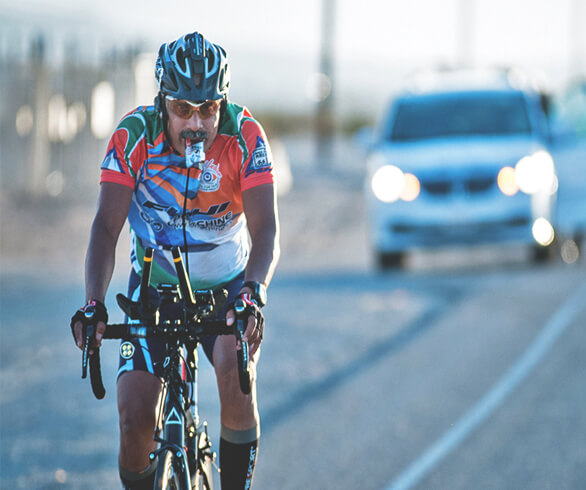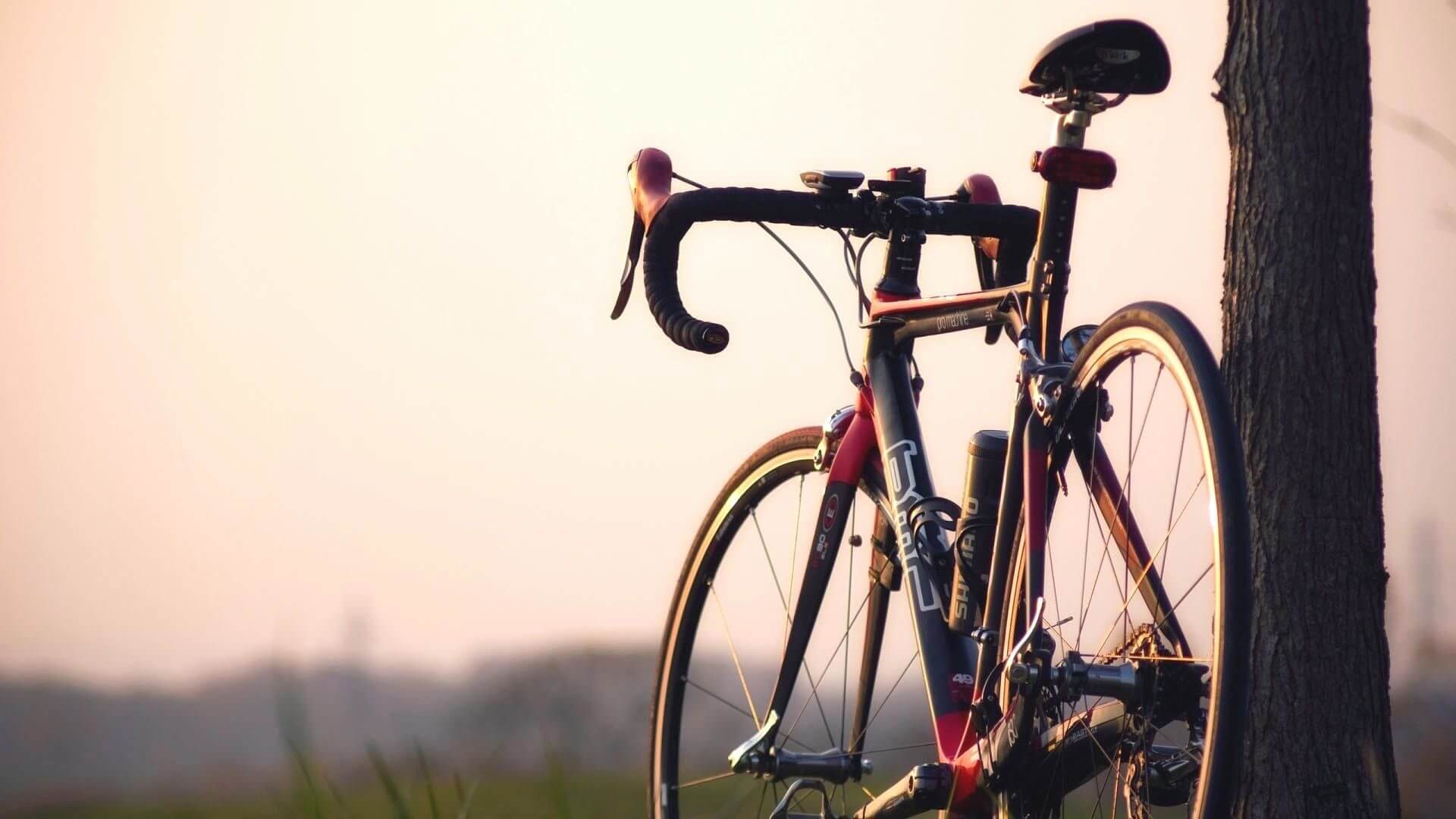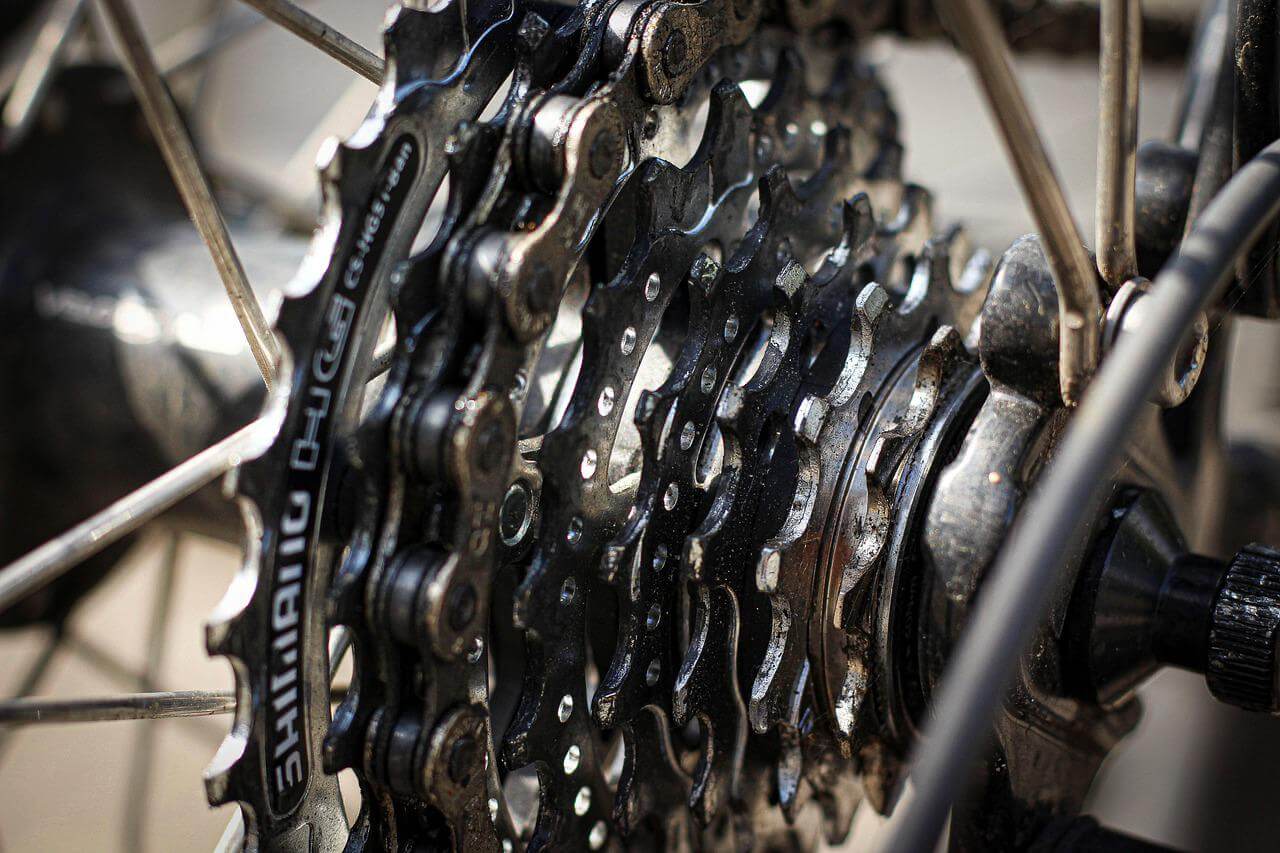Everyone makes mistakes and sometimes the ones we make are not enough to get us through. In such cases, you should consider learning from other people’s errors, as life itself is short and needs to be perfected before any mission. When ‘the Mahajan brothers’ headed for Race Across America (RAAM), the most prestigious and toughest bicycle race in the World, they had a few answers figured out, while they learnt other things the hard way. As there have been a large number of Indian cyclists that have qualified for RAAM, we decided to put up a few things that are a must for anyone attempting RAAM.
Simulation ride:
No matter what category you are planning to attempt, make sure you do a mock ride along with your crew. The ride should be done at least for 3-4 months in advance so you have enough time to recover and train again. If there are any shortfalls you can get them fixed too. A solo rider should attempt to do approximately 1500 km in 72 hours and so on. The more the number of riders, the more kilometers they should try to cover for e.g. a two person team should target 2000-2200 km.
The Crew:
The rider should have a committed crew with him/her for the highly demanding and voluminous RAAM race. The crew should be willing to take a role of driving, navigating, care-taker for rider as well as bike and nursing. The crew should be willing to do anything and everything so that the rider safely reaches to the finish line.
It is very important for every member of your crew to get good sleep. During the start of the race, many crew members are excited and forget about rest completely. As a result, when their shift time comes, they tend to fall asleep on the wheel that could be very dangerous. Moreover, countries like India follow right-hand driving. Hence, it is advisable for the rider and the crew member to drive around and get familiar with the rules.
We got in touch with the Mahajan brothers who became the first Indian to have completed RAAM in the relay category. Read about things a cyclist should do before participating in RAAM.
Crew selection:
The team should be made up of friends, family members and so on. If you have any friends from the US, make sure you get at least two on board as they are quite familiar with all the traffic rules. The crew members should be caring, reasonably fit, should love travelling, driving. There is a reason why you need to have a crew that knows you inside out and is well equipped with challenges that need them to be street smart.
Make the ‘ROUTE BOOK’ your bible:

The route that is scattered from the west coast to east coast can be quite confusing, especially in the night time. It is highly advised that the team spends quality time reading and understanding the rules and regulations on a weekly basis. Mahendra Mahajan states that, people in the US themselves would get lost in their own country, and for outsiders it can be a big task. Getting yourself familiar is getting the job half done, as you stay on route and avoid penalties.
32 teeth Cog:

Cyclists in India are quite used to the 28 teeth cog and climbing can be a strenuous task when you have the wolf creek pass, the four sisters and certain short and steep climbs in Pennsylvania.
According to the Mahajan brothers very ride should have a 30 or 32 teeth cog just for climbing. Mahendra Mahajan states that he noticed quite a few riders using 32 teeth cogs that made life easy for climbing. If you can have a special climbing wheel or a climbing bike in hand for these walls (steep climbs) which can increase your fatigue and put your muscles under stress. While you have installed a 32 in the back, go for 53, 39 in the front. On the other hand, Kansas is a 700 km plateau for which you can go for wheels with 11-28 cassette or if possible a time trail bike that can make life much easier and cover more distance.
Saddle:
Cyclists are quite used to riding on the same saddle that you get along with the bike. Make sure you try out different saddles that suit your sit bones properly and for a longer period of time. Once you find the right saddle, make sure you get all your bikes with the same saddle. Also, when you ride for longer hours try changing positions on the bike. This break allows reduce the pressure on a certain part of your buttocks and prevents them from saddle sores/ going numb. Also, make sure you buy multiple bib shorts in case you are hit by rain as finding laundry services en route can be difficult sometimes. If you are sweating profusely, make sure you change your bib shorts.
Thermal wear:

Carry along multiple layers and windcheaters as it gets very cold, especially in Colorado. Bandanas and balaclavas can come in very handy during cold weather. Also, to beat the rain, carry multiple shower caps that can be useful to protect your head from rain. Besides, the head it also protects the ear.
Shoes:
The Mahajan brothers state that, it is important to carry more than one pair of shoes that can make life much easier. If one pair gets torn during a fall or opens up, you can make use of the other ones.
In case, if it rains, another pair can come into play. If you are one of those with a problem of toes going numb, make sure you carry something to cut the boots.The above pointers might appear small, but it makes a huge difference at the end and can help anyone finish the race with fewer issues to deal with.
Special thanks to Mahendra Mahajan.
Special thanks to the Mahajan brothers
Editor: Arthi Basak












